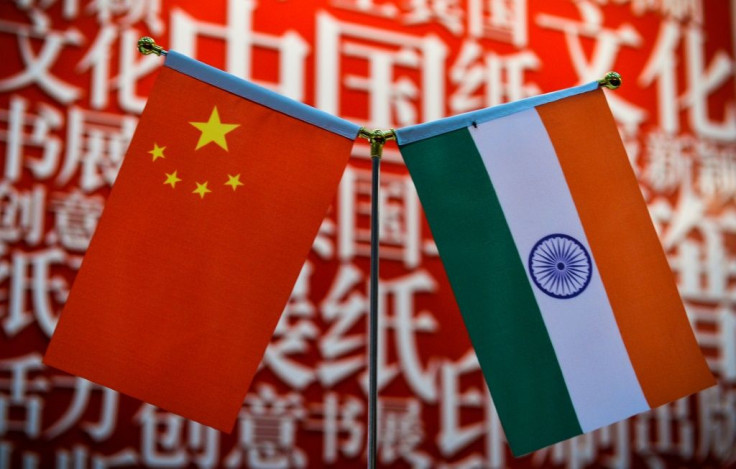India Has What It Takes To Catch Up With China Over The Next 2 Decades – Will It Happen?
On paper, India could catch up with China over the following decades.
That is according to Paul Alapat, chief product officer at Acuity Knowledge Partners, a global analytics and intelligence services company.
Alapat supports this thesis by looking at two factors that give India a competitive edge over China: demographics, and democracy. "India's median age is at least 10 years less than China's, and India has a working-age population that is still growing, reducing the dependency ratio, and improving overall labor productivity, in marked contrast to China's," he told International Business Times.
Moreover, he sees India's political system introducing implicit checks and balances within local governance and providing a stable framework for developing critical collaborations in military and industrial alliances — something China is missing.
Geopolitical analyst Irina Tsukerman, president of Scarab Rising, Inc., sees India's democracy as a critical advantage over China for foreign investors. Unlike China, businesses in India are not at risk of nationalization or confiscation of their resources.
Thus far, India still needs to deploy these advantages to attract foreign investment and catch up with China. But Alapat thinks the coming together of Russia and China following the Ukraine conflict may change the situation, as it has added to China's country risk and helped divert FDI from the U.S. and the West to India, especially within manufacturing.
Dmytro Kondratiev, CEO and legal board advisor at LLC, sees India as a potential contender to China to become the next "workshop of the world." "Its large and growing workforce, favorable demographics and increasing levels of education and skill make it an attractive destination for businesses looking to outsource manufacturing and other low-skilled labor-intensive industries," he told IBT.
Alapat is still determining whether India will seize this opportunity. "Much will depend on the political will in India to formulate and execute the right policies to address shortcomings in tariff and tariff policies," he added. "That's in infrastructure, especially in the power sector, in the quality of basic education and vocational training and in expanding female participation in the labor force, among other things."
Tsukerman brings up another constraint: India's slow political and business culture. "The courts are bogged down in a backlog of cases; business licensing and the like takes several times as long in India as it would in China," she told IBT.
Kondratiev sees significant challenges, too, like poverty, inequality and underdeveloped infrastructure in certain regions. "These issues will need to be addressed for the country to realize its potential and become a major global player fully," he said.
To overcome the constraints and challenges that prevent India from catching up with China, Tsukerman offers five measures the Indian government can take to start improving that bureaucracy: Catch them young, train them frequently, invest in specialization, measure governance quality and desist from appointing retired officials.
"This is not going to happen overnight, which is why no one should expect miracles in the short term," she added.

© Copyright IBTimes 2024. All rights reserved.






















